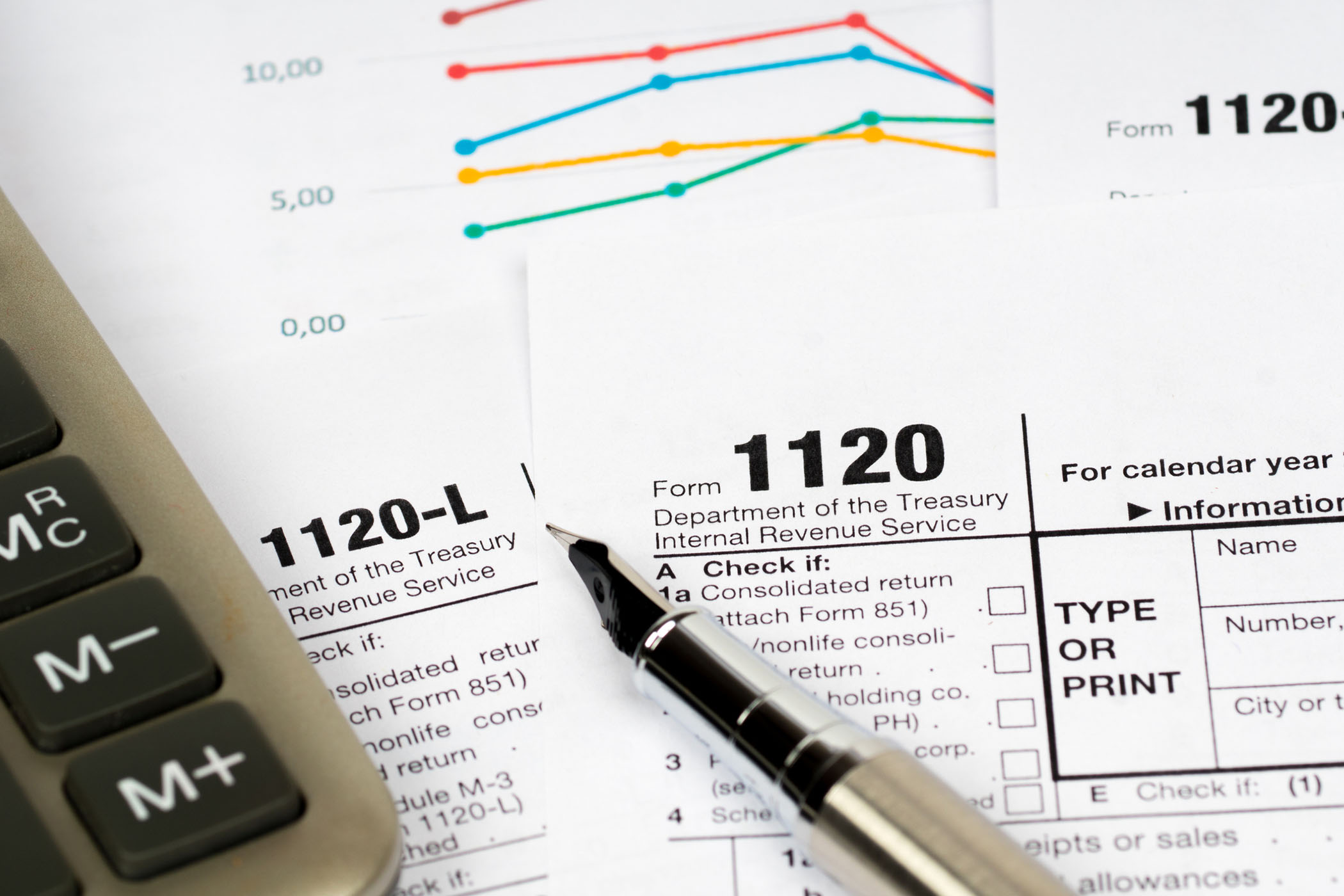Optimize Your Tax Strategy Before Year's End

As the year draws to a close, it's crucial to pause from holiday festivities to evaluate potential tax-saving strategies for your 2025 filings. Implementing these adjustments now can significantly benefit your financial position. Here are some strategic considerations:
Not Required to File a 2025 Return? – If your income level means you are not obligated to file a return, consider generating additional tax-free income. Selling appreciated stocks or taking a tax-free IRA distribution, provided you're 59½ or meet exceptions for early withdrawal penalties, could be advantageous. 
Even if filing isn't mandatory, submitting a tax return might net you substantial refundable tax credits.
Experiencing Low Income This Year? If your income is lower than usual, this could be an opportune time to convert your traditional IRA to a Roth IRA. With a potentially lower tax rate, you might save significantly, especially if stocks in your retirement account have depreciated.
Children in College? – Optimal use of the American Opportunity or Lifetime Learning credits may allow you to prepay 2026 tuition for a period commencing in early 2026, thus maximizing your 2025 credit.
Selling a Home? – If you meet the necessary criteria, your home sale gains might be exempt from tax up to $250,000 (or $500,000 for joint filers meeting the occupancy test). Not meeting full criteria? You could still qualify for partial gains exclusion due to circumstances like employment relocations or health issues. Assessing tax implications with an expert can provide clarity.
Have an Employer Health Flexible Spending Account? You might want to increase contributions for 2025 if you've underutilized the funds this year. Note the $3,300 maximum contribution for 2025, with a $660 carryover into 2026 that must be used early in the year.
Eligible for Health Savings Account Contributions? Even if you only became eligible late in the year, you're permitted to make a full year's contribution, with deductions available up to the IRS limits.
Maximized Retirement Savings? Ensure full use of your retirement plan contributions before year-end. Employer-matched 401(k) contributions can substantially enhance your retirement nest egg and potentially lower your tax bill. 
Non-Working Spouse? – A non-working spouse may still contribute to an IRA based on the income of the working spouse. This often-overlooked strategy can bolster retirement savings even if one spouse retires.
Aged 60-64? As of 2025, individuals are eligible for a strategic increase in catch-up contributions to retirement plans, allowing larger contributions than previously permitted, aiding in bolstering retirement funds.
Expecting a Bonus? Defer that income into next year if it aligns with your circumstances, potentially adjusting your annual tax strategy.
Need Required Minimum Distributions (RMD)? The age threshold is 73, and for first-timers, the initial withdrawal can occur by first-quarter next year, though this might result in doubled distributions the following year.
Previously required RMD takers need to meet the December 31st deadline to avoid penalties.
Holding Loss Portfolio Stocks? Consider realizing losses to offset capital gains. Just mind the wash sale rules to ensure you don't negate the loss deduction by repurchasing too soon.
Appreciated Stocks with Low Income? The zero long-term capital gains rate for low-income earners offers an opportunity to capitalize on gains tax-efficiently.
Considering Prepaying Taxes? Recent legislation now caps SALT deductions at $40,000 in 2025, providing a strategic opportunity for itemizers to maximize deductions with prepaid taxes.
Aligning Charitable Deductions? Strategic giving before year-end can optimize tax deductions. Starting 2026, a new AGI-related floor might impact these deductions, prompting enhanced contributions this year.

Simplifying Charitable Giving with IRAs? For those 70½ and older, direct transfers from IRAs to charities can lower taxable income without a deduction but help reduce adjusted gross income.
Handle Outstanding Medical Bills? Focus on paying off or prepaying qualifying medical expenses that exceed the AGI threshold for itemized deductions.
Leveraging Annual Gift Tax Exclusion? For 2025, the exclusion is $19,000 per recipient, providing an excellent tax-free transfer opportunity, which cannot be carried over.
Avoid Under-Withholding Penalties? Ensure tax liabilities meet safe harbor guidelines to preclude penalties, possibly through strategic withholding adjustments.
Claiming Disaster Losses? For significant loss in 2025, claiming it on your 2024 return for quicker refund access might be prudent, balancing potential results carefully.
Victimized by Scams? Losses from scams relating to profit-seeking ventures like investments may still be considered for deductions under specific circumstances.
Divorce or Separation? Such life events can substantially affect tax filings. Proactively address filing status, deduction claims, and other relevant issues.
Exploring Energy & Environmental Tax Credits? Before September 2025, credits exist for electric vehicles and home energy improvements, expiring thereafter.
Leverage the Existing Home Energy Efficiently? –The 30% tax credit toward certain home energy upgrades remains, allowing notable savings when aligning projects within the annual limit.
Planning to Go Solar? The 30% solar credit can substantially reduce post-installation tax liability, advantageous for first or second homes.
For further clarification or assistance regarding these year-end tax strategies, feel free to reach out to our office.
Want tax & accounting tips and insights?
Sign up for our newsletter.